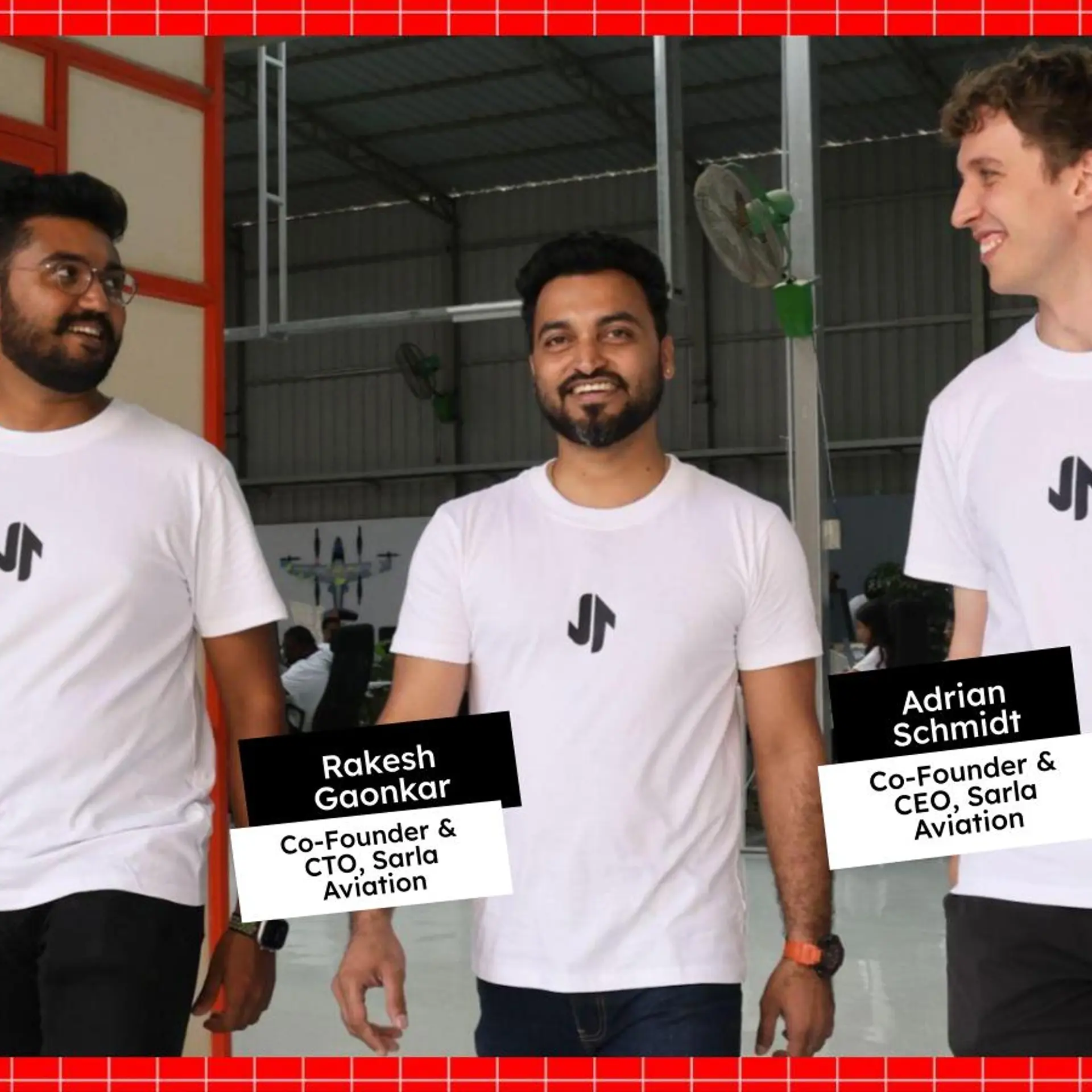High performers come in all shapes and types. Are you focusing on just one?
“A great person attracts great people and knows how to hold them together.” Organisations stand to learn a lot from this quote by author and poet Johann Wolfgang Von Goethe. In an era driven by revenue goals, people leadership is limited to brochures of hiring campaigns. Even most office workers have a distinct image of a high performer. We expect them to be intelligent, charismatic, and leaders who drive business objectives.
Such personalities can help keep businesses afloat, but should other characteristics be overlooked? Businesses need objective team players and compassionate, calm, and people-centric leadership too.
If you think about it, revenue is the end goal for every CEO. But this revenue comes from the people who work for it. In essence, every business needs a combination of skills – a people person as well as someone revenue driven. For any business to run sustainably, both personality types are required in management roles. These two personality traits don’t always have to be mutually exclusive, but often can be.
Unfortunately, the aggressive revenue chaser is often the one who gets noticed. Performers who belong to the other set aren’t known to tout their achievements and they believe in sharing credit. So how can organisations – including startups – ensure both co-exist without one getting preference over the other? Well, organisations need to see the value of these two distinct forms of leadership and performance. Read on to know more about how this tightrope can be tread.

Delegate and set measurable goals according to personality types
One way to treat high performers is through personality-based hiring and measurable goals for everyone, no matter what their working styles and priorities might be. So if you have people-centric performers on your team, treat their skills with as much respect as you would the revenue-chaser.
At the same time, set measurable goals for both personality types. Goals like retention, training, and university programmes work great for people-centric high performers. Rather than forcing generic organisational goals, set goals which are realistic and measurable. This allows them to grow organically. As they say, if you are going to judge a fish by its ability to climb a tree, you will be hard-pressed to be satisfied with the kind of talents you have.
The role of leadership
Often, leaders set the culture for organisations. This is especially true for startups. So when a leader prefers aggressive revenue chasing instead of people-centricity, the rest of the organisation follows suit. But with millennials joining the workforce and demanding purpose in their roles, people managers are key to attracting and keeping good talent.
Thus, leaders must make the inclusion of diverse personality types a key organisation-wide agenda. Once leaders set that context, the workforce will accept high performance irrespective of personality types.
Organisations need to adapt to the new world, a world where revenue shares the dais with people management. There is a need to look beyond the textbook definition of diversity and inclusion which limits itself by race, religion, and gender. The future of your workforce depends on making space for unique personalities. So organisations should start treating these distinct inherent traits and values with fairness and respect. The faster they adapt, the more prepared they will be for the future.







